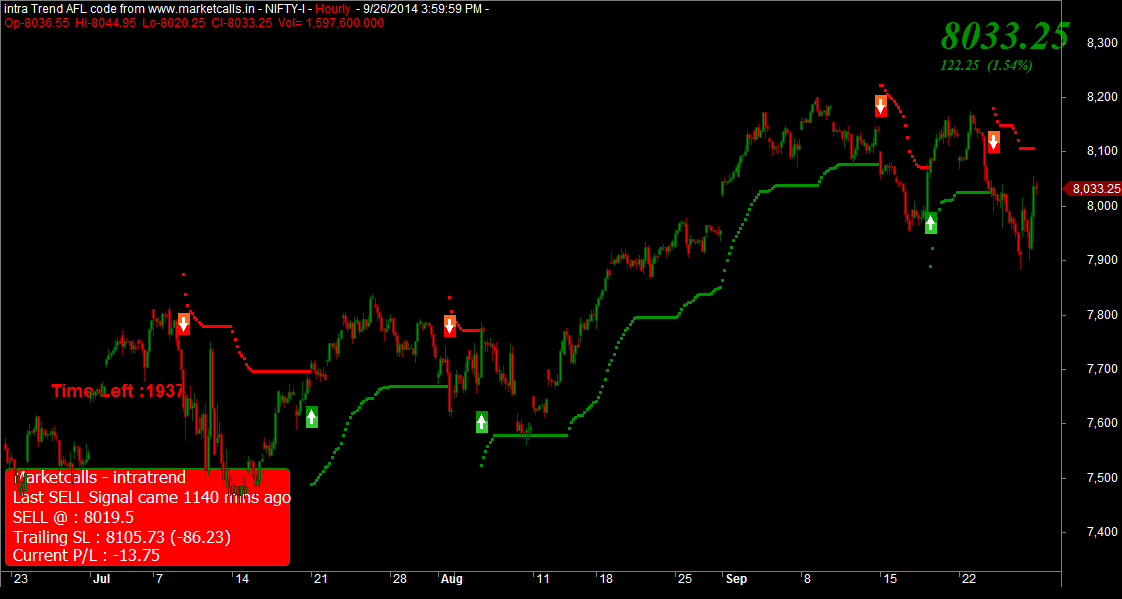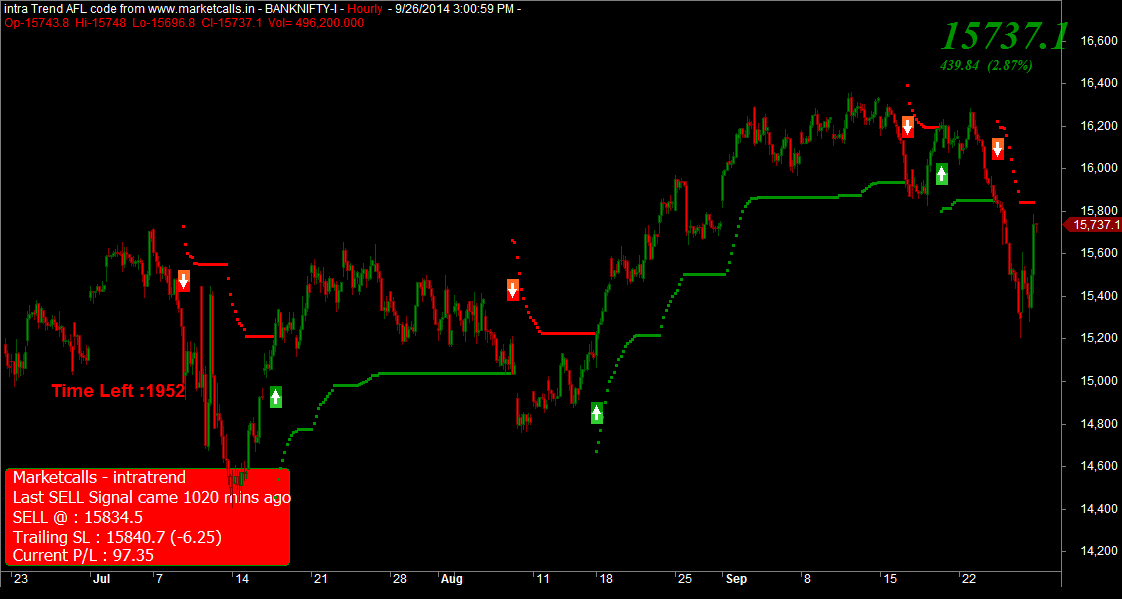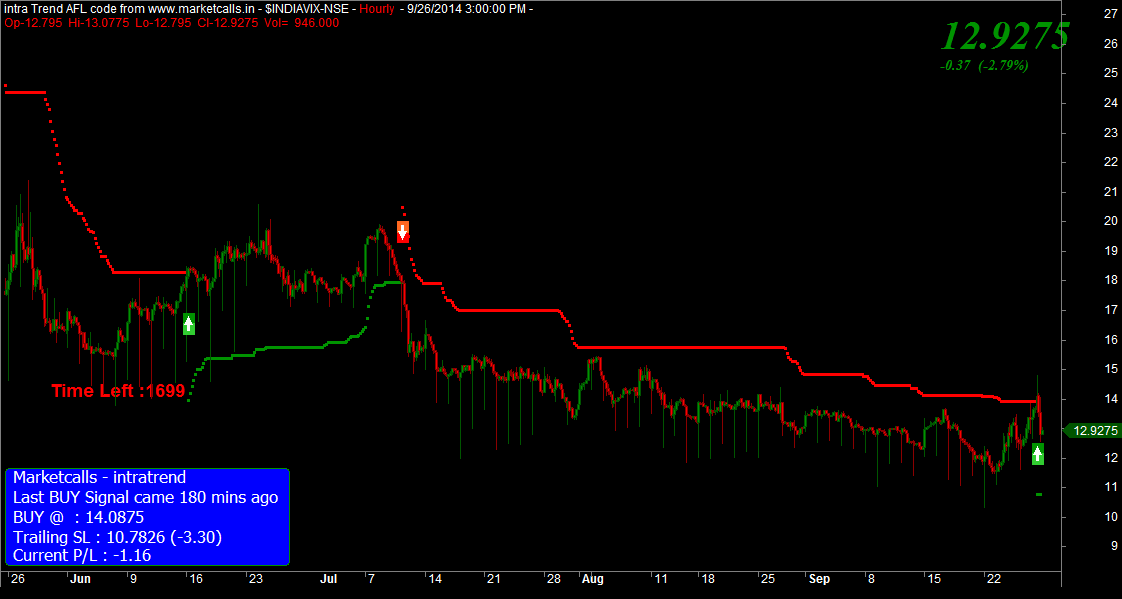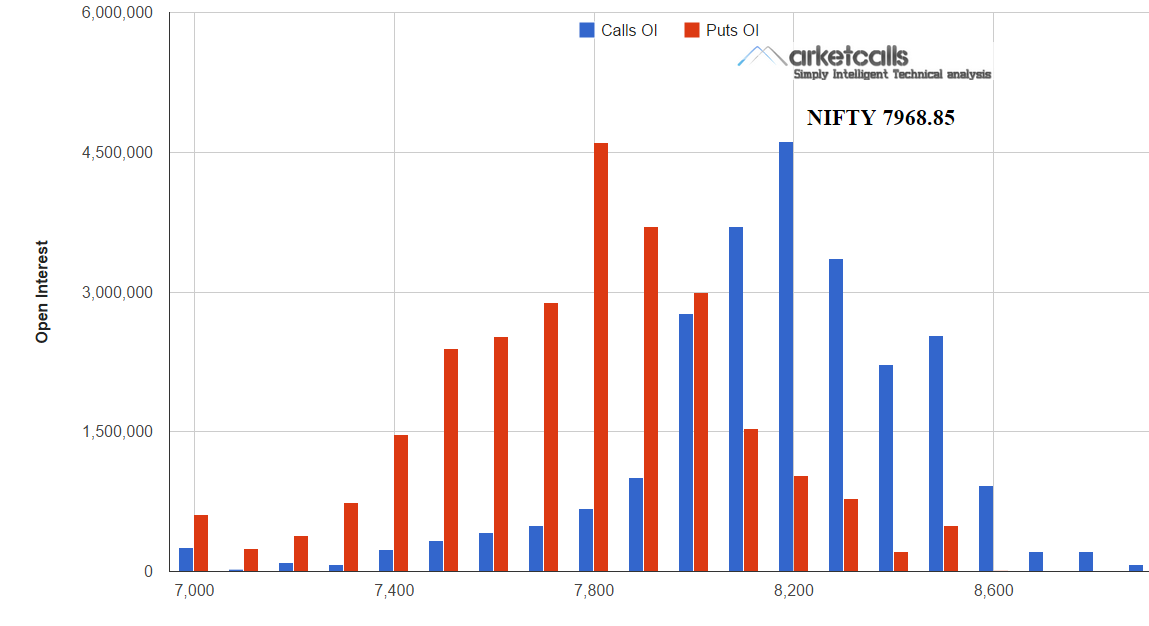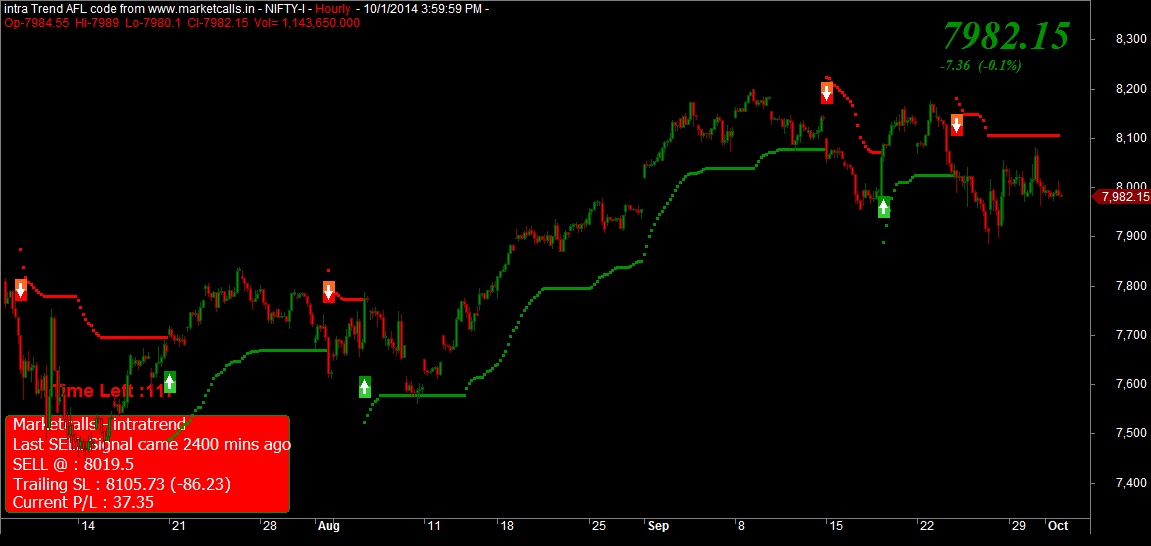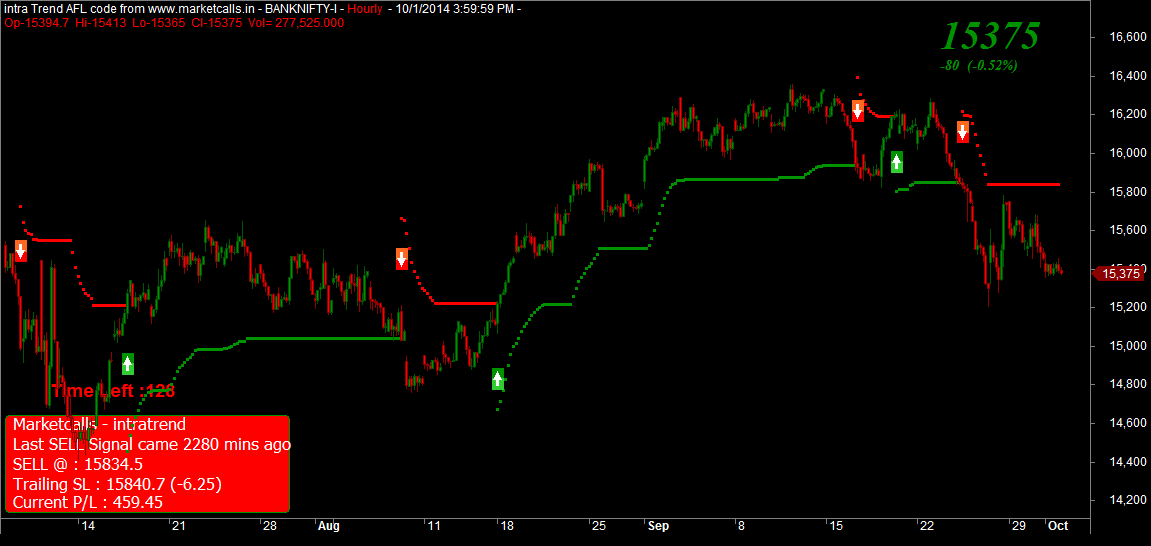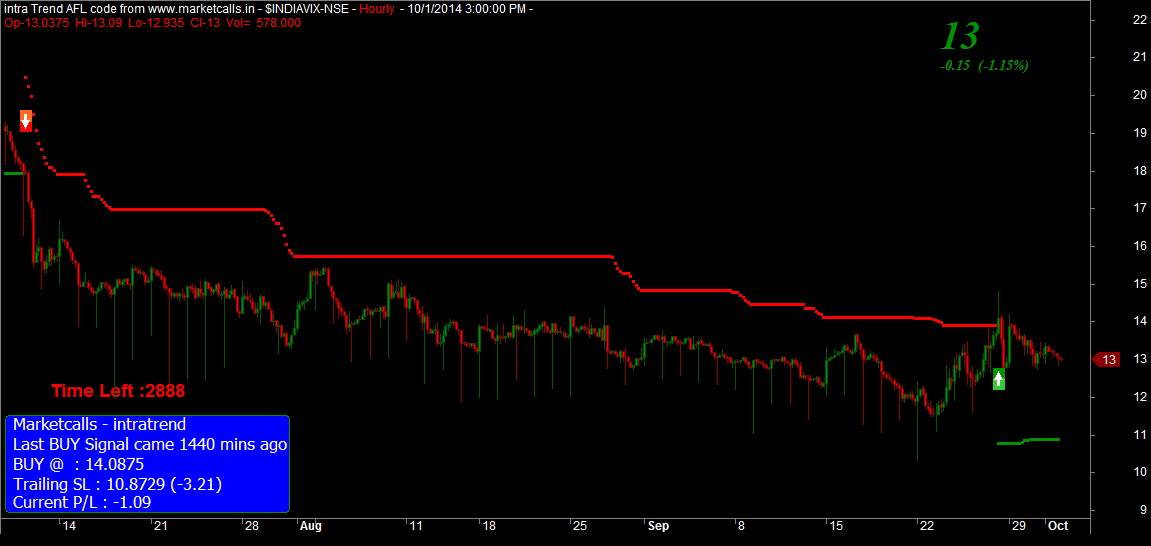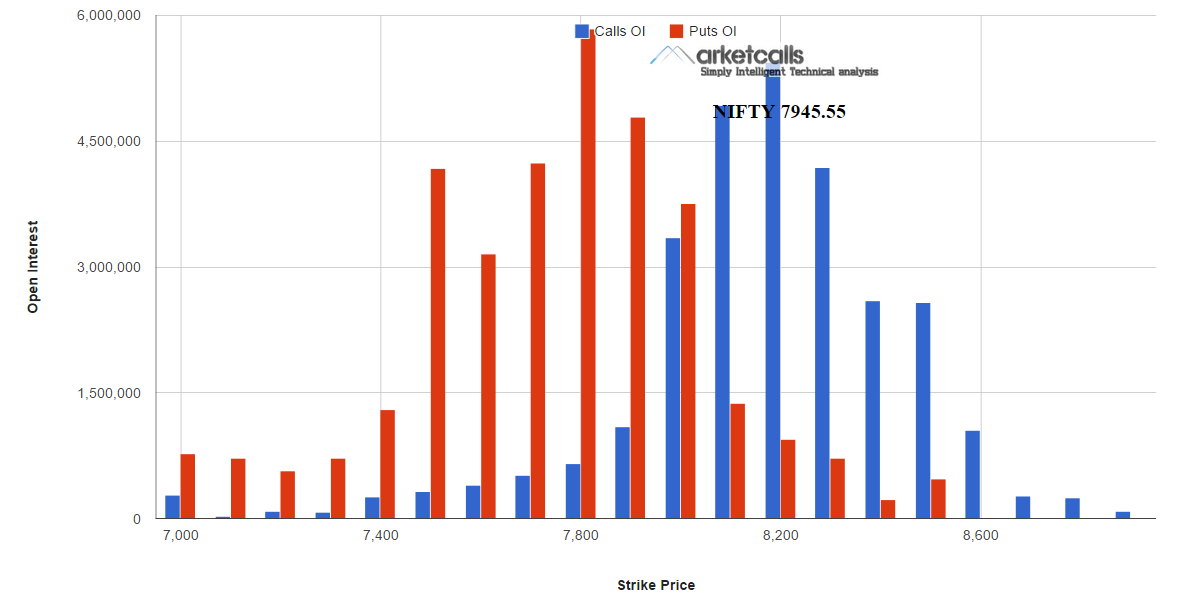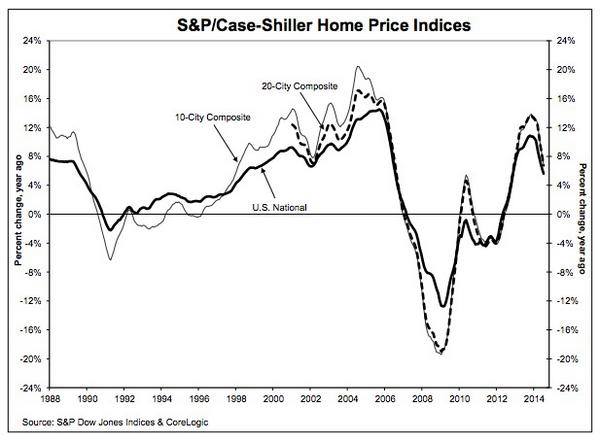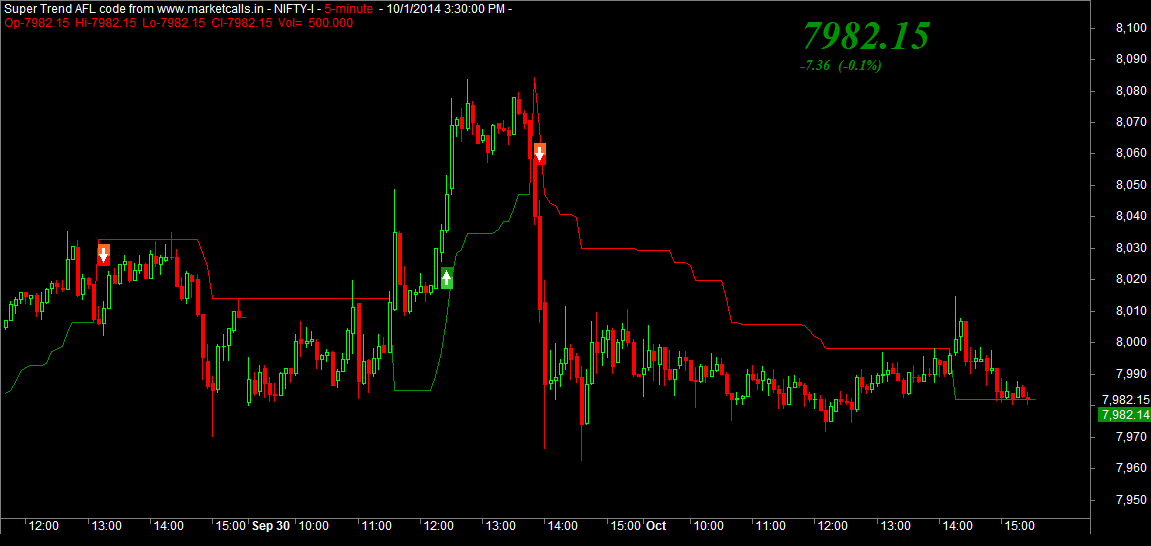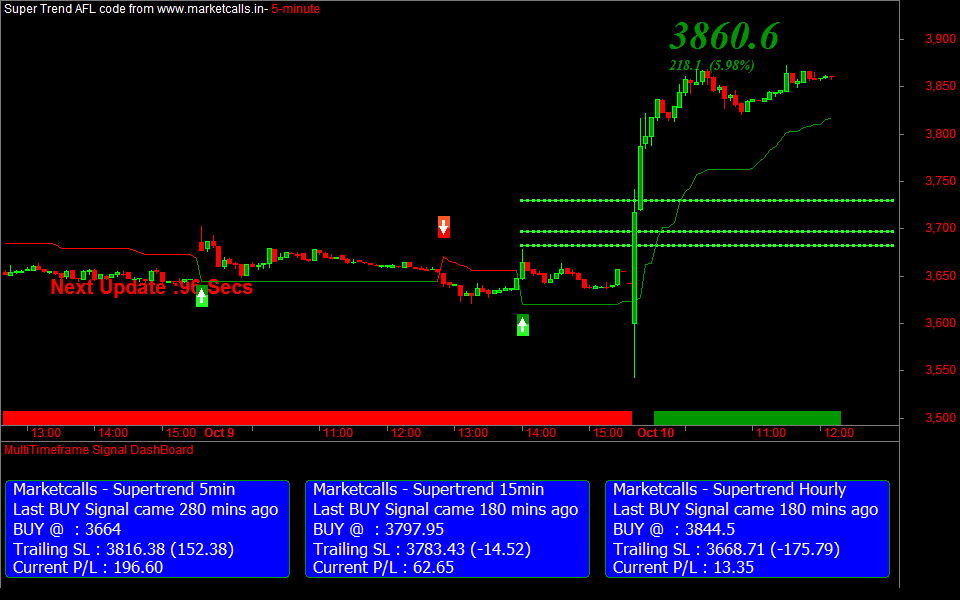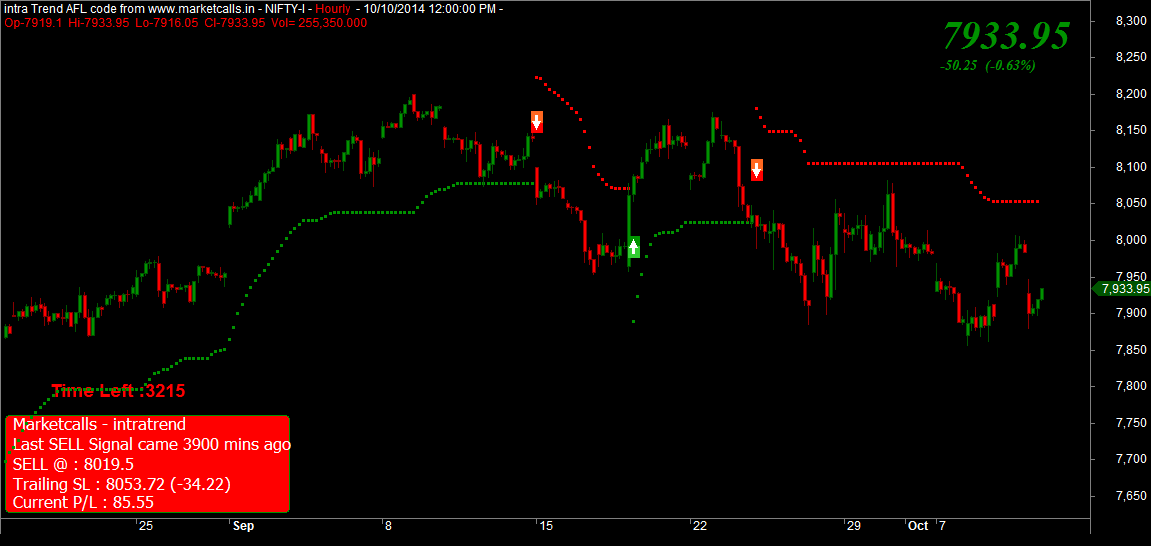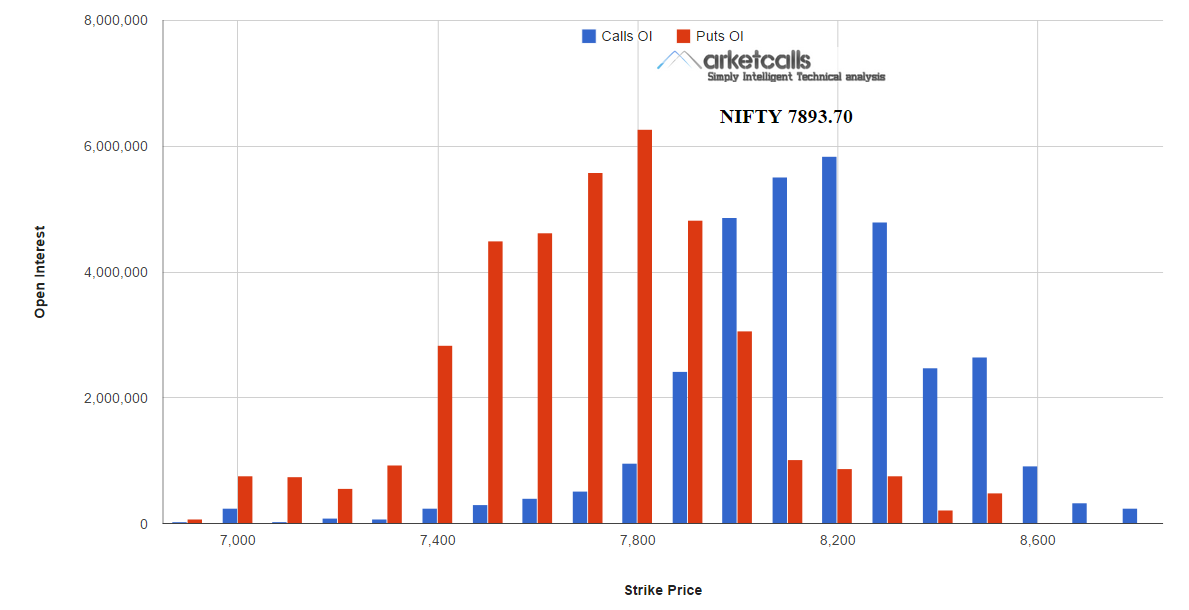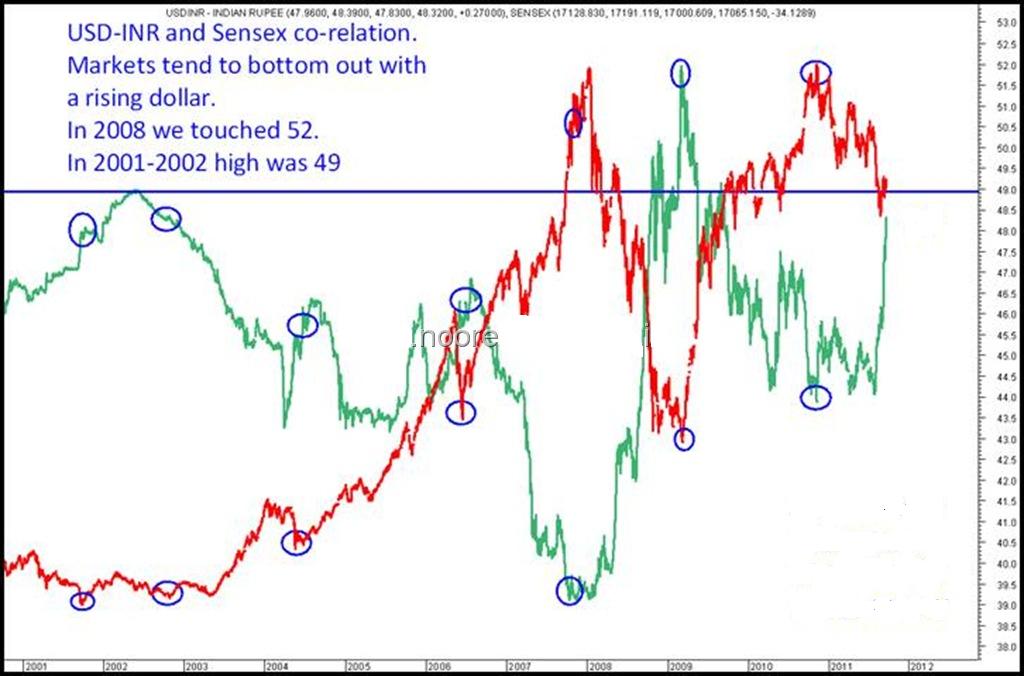![value investing]()
VALUE INVESTING in Stocks UNLEASHED.( In today condition you are going to buy MARUTI @4000 per Share – YES/NO).
Which is a better value – a stock selling at 500 Rs/- per share or a stock selling at 1300 Rs/- per share? (Same sector) If your answer hasn’t already sprung to mind, be aware. The correct response is not the 500 stock. Nor is it the 1300 stock.
The correct answer is that you can’t tell. You can tell which is a lower priced stock. But “lower price” isn’t always synonymous with “better value.” With the limited information I provided about these two stocks, you cannot make an informed decision about which is the better value. Share price is an important consideration when investing in stocks, but it’s only one of two important factors to evaluate. The other vital factor is underlying business value.
If I went to the grocery store and purchased two items—one for 500 and one for 1300 —and asked you which was the better value, you would say, “Well, that depends. What did you buy?”
If I told you that I bought One KG onion for 500 and a 10 Kg box of Olive Oil for 1300 Rs/-, you’d quickly recognize that I probably paid far too much for the onion, but got a great bargain on the Olive Oil.
The price you pay for something—whether onions or Olive Oil or stocks—is only relevant as it relates to its underlying value. This is the essence of value investing, that is, purchasing shares of a company at a price that is substantially lower than the company’s underlying value.
Some people believe there is no difference between share price and business worth. They believe that if you buy shares of stock in a company for 1800 Rs/- a share, they must be worth 1800 Rs/- a share. I disagree. I believe price is what you pay; value is what you get. As cited earlier, it’s the same concept when bargain hunting at the grocery store.
In practice, applying the value-investing philosophy is straightforward.
Find companies with measurable worth. When their stock is selling at a price below that worth, buy it. In time, as others recognize these values, the stock’s price likely will rise. When that happens, sell it and redeploy the proceeds to other undervalued companies.
Adherence to this approach has produced solid results for many long term investors.
THE MARGIN OF SAFETY
For value investors, the margin of safety represents the difference between a company’s stock price and the value of the underlying business of that company, often called its intrinsic value. Generally, value investors are not interested in stocks that trade at a slight discount to their underlying value. Rather, they seek a substantial discrepancy. Why? They are looking for solid companies whose stock prices are selling at “pennies on the Rupees” compared with the intrinsic values of the businesses they represent. Value investors believe that a large margin of safety provides greater return potential as well as a greater degree of protection over the long term.
Most of Experts believed that purchasing stocks at sizable discounts would protect investors against permanent loss and allow them to dispense with the need for making accurate estimates of the future.
Important Point – (Fundamentals of company Must be consider i.e FT in 2013)
That a company’s intrinsic value does not change that often and certainly not as frequently as its stock price, which may change from day to day and moment to moment.
In addition to the company’s intrinsic value, a value investor’s required discount to that intrinsic value. In other words, this is the gap between the intrinsic value and the price at which shares of the company would be purchased. Keep in mind that when
purchasing shares, I seek a significant discount to intrinsic value, otherwise known as a large margin of safety.
Real time Observations: You’ll notice the stock price rises above and falls below the company’s intrinsic value. These price fluctuations create opportunities for value investors. When the stock price of the company falls sufficiently below the intrinsic value, it creates a buying opportunity. The shaded area between the company’s stock price and its discount to intrinsic value present when value investors should consider purchasing the stock.
Value investors expect that over time, as others recognize the true value of the company, its share price will climb toward its intrinsic value. As this happens, the margin of safety shrinks. When the share price equals or exceeds the company’s intrinsic value, the margin of safety has disappeared and the shares should be sold.
The logic of this approach may appear obvious: buy stocks at a bargain price and sell them after the price has gone up. However, investment decisions are not made in theory.
They are made in an ever-changing environment where logic can be overshadowed by emotion. I’ll address this point in greater detail throughout the article and offer guidance on how investors can help protect themselves by maintaining strict adherence to this value-investment principle.
Often, it takes a great deal of conviction to stick to value-investment disciplines, especially when a company’s stock price declines after you purchase its shares. For those who focus only on price, share price declines can be devastating emotionally. Even worse, this can lead to bad decisions, such as selling just because the price is down. Some market participants only focus on how much a stock’s price has declined in the short term. However, for long-term investors who evaluate share price in relation to business value, price declines can represent tremendous opportunity.
To me, investors are those who have the confidence and patience to back their judgment by buying stocks that they are prepared to hold for 2 – 5 years or more if needed. If you are looking for a quick way to turn a profit in the stock market, this Article is not for you. Value investors do not focus on day-to-day oscillations in share price. They adopt and maintain a disciplined approach for evaluating business value.
They are confident of their research and analysis and patient in implementing their strategy.
VALUE AND GROWTH INVESTING
In recent years, it’s become more popular to classify investors’ approaches as being either “value” or “growth.” These have become accepted as being polar opposites,almost like taking sides in a sports event: do you support “value” or “growth”? You may not be surprised that I reject this popular approach to classifying investment styles. Value and growth are not enemies, nor are they based on incompatible beliefs. For investors (in contrast with speculators, whom I’ll address below), company fundamentals support either a value or a growth approach to selecting stocks. I believe that value investing is the more profitable discipline in the long term, but there are many successful, fundamental growth investors. However, most speculators consider themselves “growth investors,” and it’s among this group that I expect to see a high failure rate.
Even at the stock level, let’s be clear. I do not believe in classifying stocks as value or growth. Often, such generalizations reflect guidelines imposed by index sponsors and have little or nothing to do with fundamental analysis at the individual company level. During my 10+ years of practical investment experience, I have investigated companies all over the world in every sector and industry. With the goal of uncovering investment opportunities that offer the greatest margin of safety, the search has led me to undervalued businesses in what many may perceive to be growth industries such as technology or pharmaceuticals.
I encourage you to discard any preconceptions you may have regarding value investing. It’s not a purely defensive tactic that should be applied only in bear markets. It does not focus exclusively on backward-looking businesses in dying industries. And values investors do not buy stock only in companies that “make things that rust,” as I once heard someone say. The diligent value investor searches for promising investments offering a large margin of safety—in whatever country or industry they may be.
Many times, I see promising businesses behind what many people call growth stocks: solid, well-established companies that offer quality products or services. But I will not consider them for purchase if their stock prices far exceed their underlying business worth—in other words, if they offer no margin of safety.
Near the peak of the Internet stock mania in early 2000, share prices for various dot-com or “New Economy” companies (many of which were not solid or established and offered unproven products or services) were leaping to successive record highs. At the same time, share prices languished for “Old Economy” companies in industries such as insurance, utilities, and manufacturing. At that point, some market participants mistakenly believed that New Economy growth stocks were stocks that went up, while Old Economy value stocks were those that went down.
Returns for value and growth stock indices appeared to support this notion. By the end of March 2000—even as technology stocks began their retreat—the Nasdaq 100, a measure of returns for the 100 largest companies in the technology-heavy Nasdaq Composite, had gained 108.7 percent in the prior 12 months versus only 13.3 percent for the venerable Dow Jones Industrial Average (DJIA). The DJIA measures returns for 30 major U.S. companies. Technology stocks, spurred by shares of start-up Internet firms, were soaring while it seemed the rest of the market was being left behind, some said “for good.”
In fact, many of the best-performing stocks at the time were initial public offerings or IPOs—companies that had never issued stock before. Of the 486 IPOs in 1999, about half were Internet-related companies that gained, on average, 147 percent their first day of trading
At that time, I believed this divergence between growth and value stocks represented the biggest two-tiered market bubble that I had seen since starting my career in 1998. I didn’t believe the gains were sustainable because the prices for so many stocks climbed to ridiculous heights—levels that were well beyond the intrinsic values of the underlying companies.
While I was scratching my head over the market’s ridiculous excesses, various firms was taking advantage of that environment by adding to their portfolios solid businesses trading at extremely attractive prices. Where as Expert Investors are more excited about the opportunities available for value investors, especially in the United States.
When the bubble burst in March 2000, the majority of dot-com stocks offered no margin of safety. In the wake of huge losses, market participants returned their attention to fundamental strengths and the “out-of-favor” stocks Most of firms had purchased during the Internet-stock run-up were once again attracting attention.
Their share prices generally rose while many of the highly touted New Economy stocks declined. I’ll share more insights on the Internet stock bubble throughout next Part of this series.
The Internet bubble illustrated one important difference between growth stocks and value stocks: Growth stocks tend to be accompanied by expectations for future earnings that are far greater than the average shown in the past. Such stocks are often in exciting new industries, about which there is a great deal of promise and optimism. During the Internet-stock heyday, you may recall all the articles that claimed, “this time it’s different” a statement I’d rank for reliability right up there with “the check’s in the mail.”
However, when it comes to future earnings growth, it is extremely difficult to project it with a high degree of confidence. Additionally, the farther out the prediction, the more likely it’s going to be off target. It is particularly questionable to build long-term forecasts of well-above-average growth in earnings for companies, as unforeseen competition will almost certainly arise to wrest away some of these hyper profits, making such predictions very unreliable. Value investors believe that the best approach is to focus on the current state of the business: what it would be worth now to someone who wanted to buy the whole company. This is a more conservative approach, recognizing the limitations of trying to out forecast other investors.
Off Season Sell
When comparing the value- and growth-investment styles, here’s a down to- earth example that simplifies the difference between these philosophies.
Go to a department store on a winter day and walk through the clothing section. You’ll see scores of shoppers looking at heavy coats, sweaters, and wool hats.
Since these items are in season, demand for them—and, therefore, the prices—will be high. Think of these shoppers as growth investors.
Meanwhile, over in a corner of the store will be a clearance rack full of swimsuits, tank tops, and straw hats. It’s winter, of course, and few people are interested in buying lightweight apparel. But every once in a while, someone will walk over and buy an item for pennies on the rupees. That shopper is a value investor.
The “buying straw hats in winter” analogy neatly captures two hallmarks of value investing: evaluating the true worth of an item (whether a hat or a stock) and purchasing it when it’s out of favor and its price is below its true value. As mentioned earlier, the soul of value investing is to buy company shares at a discount. The heart of the concept is simple. At any given time there are excellent businesses that attract a good deal of attention.
Meanwhile, other segments are overlooked by investors. These wall flower segments contain a wide variety of businesses in which investments could be made—if the price were right.
That is a common place observation. What is not so common place, however, is this: While many businesses are not worth what they sell for in the stock market, some businesses are almost given away. Like those straw hats in winter for the farsighted shopper, these are the types of companies, those with a significantly large margin of safety, that cause a glint in the eyes of value investors. Or they should. The way to find them is by looking internally, that is, at the performance of the underlying business and also at its resources.
The value investor pays little heed to factors that have no impact on business value: market or interest-rate forecasts, or day-to-day stock price fluctuations. By maintaining a strict focus on the relationship between business value and stock price at the company-specific level and largely ignoring the broader market’s fascination with short-term developments, value investors can exploit market behavior for long term gains.
SHORT-TERM THINKING
I once heard a comedian say, “Instant gratification takes too long.” No wonder there is no end to the parade of get-rich-quick investment schemes that surface on Dalal Street.
Back in the 1960s, visions of boundless wealth floated before investors with the advent of a new magic formula: synergy. Synergy meant that combining companies enabled management to make more profits, as the combined companies would work together increasing revenue while cutting shared costs. It became the driving force behind the craze to create conglomerates— large companies composed of a variety of often-unrelated smaller companies. In theory, synergy meant that under astute corporate management, 2 plus 2 could indeed equal 5. It worked for a while, at least in terms of the stock price, and at least until it became apparent to investors that the eventual total might not have been 5, and might even be closer to 3 Synergy was neither the first—nor the last—of such gimmicks. Indeed, as with most fashions, it comes back periodically. There were go-go stocks, the high-turnover performance game, market timing, and momentum investing. The popularity of momentum investing—the notion of buying stocks simply because they were going up—contributed to the Internet stock craze previously cited. The epitome of this was the “day trader,” hailed as a new profession in the late 1990s and, to my mind, the exact opposite of everything that investment means. What all of these schemes have in common are an obsession with short-term results, a complete disregard for fundamental business values, and the ability to cause major losses to speculators who jump on the bandwagon.
Sophisticated investors responsible for investing billions of dollars on behalf of others as well as individual investors managing their own portfolios have proved equally susceptible to these bandwagons. Both are prone to short-term thinking.
Many pension funds, for example, hire professional money managers and measure their performance on a quarterly basis, leading to short-term “hire and fire” decisions.
Inevitably, this encourages managers to chase what’s hot and disregard sound investment principles. In fact, the IPO bubble of the late 1990s was as much a product of institutional excesses as of the mistakes of individual investors.
Some pension funds, insurance companies, and other institutional investors have abandoned the practice of making an in-depth analysis of the companies they buy. Almost uniformly, a variety of strategies have been adopted that may differ in some respects but have one horrendous defect in common: they all reject the need or feasibility of making company-by company judgments about price and value or the need to examine time horizons or other factors that relate to the basic fundamentals necessary for long-term investing.
The combination of the age-old desire to get rich quick, plus the speed of today’s TV and Internet communication, means we are increasingly preoccupied with short-term events and short-term results. To borrow a few words from Sir John Templeton, a global money manager, “There is too much emphasis now on everything yesterday.” I think we are no longer as thrifty as we should be, and this is leading to more speculation, more danger, more risk. We are bombarded by data from an escalating
number of sources, such as 24-hour-a-day financial news on cable television, Internet Web sites, radio, newspapers, and magazines. As our appetites for information and expectations have increased, our ability to wait and anticipate has decreased.
Most people recognize that stocks are a good long-term investment, yet most people don’t hold them for long. Why? Part of the reason may lie in the mixed messages investors receive from professionals and the financial media. In one breath, investors are advised to stay the course and to hang on for the long haul. In the next breath, they are given a road map to short term riches and reasonable-sounding guides to switch paths and chase the latest fad.
I read one case study – The study suggests that mutual fund investors do not have a long-term perspective, which adversely affects their results. First, the average fund retention—or how long someone stayed invested with a particular fund— was only 2.6 years in 2000 (down from 2.8 in 1999, but up from 1.7 after the stock market crash in 1987). Second, when compared to corresponding indices, the lack of adherence to a buy-and-hold strategy appears to have hurt returns:
– The average fixed-income investor realized an annualized return of only 6.08 percent, compared to 11.83 percent for the long-term Government Bond Index.
– The average equity fund investor realized an annualized return of only 5.32 percent, compared to 16.29 percent for the S&P 500 Index.
If investors are to make money consistently, what is required is a return to farsighted, long-term investing. In my opinion, that is the kind of investing that promises rational investors the greatest potential for rewards over the long haul.
INVESTING VERSUS SPECULATION
What’s the difference between investing and speculation? What do I mean when I use each term? Why is this important?
“An investment operation is one which, upon thorough analysis, promises safety of principal and an adequate return. “Based on this definition, there are three components to investing: thorough analysis, safety of principal, and adequate return., “Operations not meeting these requirements are speculative.”
To this, I would add:
(1) Any contemplated holding period shorter than a normal business cycle (typically 2 to 5 years) is speculation, and
(2) any purchase based on anticipated market movements or forecasting is also
speculation.
Given what I’ve already addressed regarding value investing in this article (its focus on individual company analysis to determine intrinsic value, the margin of safety concept, and its success over the long term), it certainly meets expert definition of investing.
“. . . in the easy language of Wall Street, everyone who buys or sells a security has become an investor, regardless of what he buys, or for what purpose, or at what price. . . .”The financial media often refers to “investors” taking profits, bargain hunting, or driving prices higher or lower on a particular day. When I hear about such actions, I attribute them to speculators, not investors.
Investors and speculators approach their tasks differently. Investors want to know what a business is worth and imagine themselves as owning the business as a whole. Unlike speculators, investors maintain a long-term perspective—at least 2 to 5 years. They look at a company from the perspective of owners. This means they’re interested in factors such as corporate governance, structure, and succession issues
that may affect a company’s future and its ability to create wealth for years to come. Investors may use their voting rights to assist in enhancing company value over the long term. Speculators, on the other hand, are less interested in what a business is actually worth and more concerned with what a third party will pay to own shares on a given day. They may be concerned only with short-term changes in a stock’s price, not in the underlying value of the company itself.
The problem with speculation is simple: Who can predict what a third party will pay for your shares today, tomorrow, or any day? Stock market prices typically swing between extremes, stoked by the irrational emotions of fear and greed. These market swings became more pronounced in the late 1990s. In fact, there were 9 days in 1998 when prices for the S&P 500 Index advanced or fell more than 3 percent—after only 8 such days in the years 1990 through 1997 combined.
Volatility tended to be even higher in subsequent years, with the number of up-or-down-3-percent days coming in at 17 in 2002.
Such dramatic price fluctuation on a day-to-day basis can test long term investors’ mettle in maintaining their focus on business value.
Day-to-day price changes should hold little interest for the long-term investor, unless a price has fallen to the “buying level” that represents a sizable margin of safety. But that’s often difficult to remember when newspaper headlines, TV news anchors, friends, and coworkers are lamenting or lauding the market’s most recent lurch forward or back.
Wait for next VALUE INVESTING UNLEASHED Part-II series.
This article first appeared in Algotradingindia This post has been reposted with the permission of orignal author Mr Lokesh Madan
Related Readings and Observations
- Shopper Stop : Long Term Outlook Shopper stop limited made an technical bullish breakout from triangle formation past week. The stock made its life time high at 572+ and closed the week at 547.25. The last candle is […]
- Flow of Funds in Indian Financial markets
Introduction
During the post-independence period until the early 1990s, the financial system in India was characterized by a heavily regulated framework such as interest rate […]
- Layman’s Guide To The World Of Insider Trading In the world of investment, the term of insider trading has created quite a buzz. It is a word that can be commonly heard from the investors. Well, this is such a term which means selling […]
- Indepth Study On Exit Strategies For Traders By Lokesh Madan Trade Exit strategies are more complex in nature as compared to Trade In Strategies. It involves different types of analysis i.e Technical Based, Fundamental based& Quantitative based.
The post How to find the Right Price of any Stock – Value Investing Unleashed – Part I appeared first on Marketcalls.
![]()

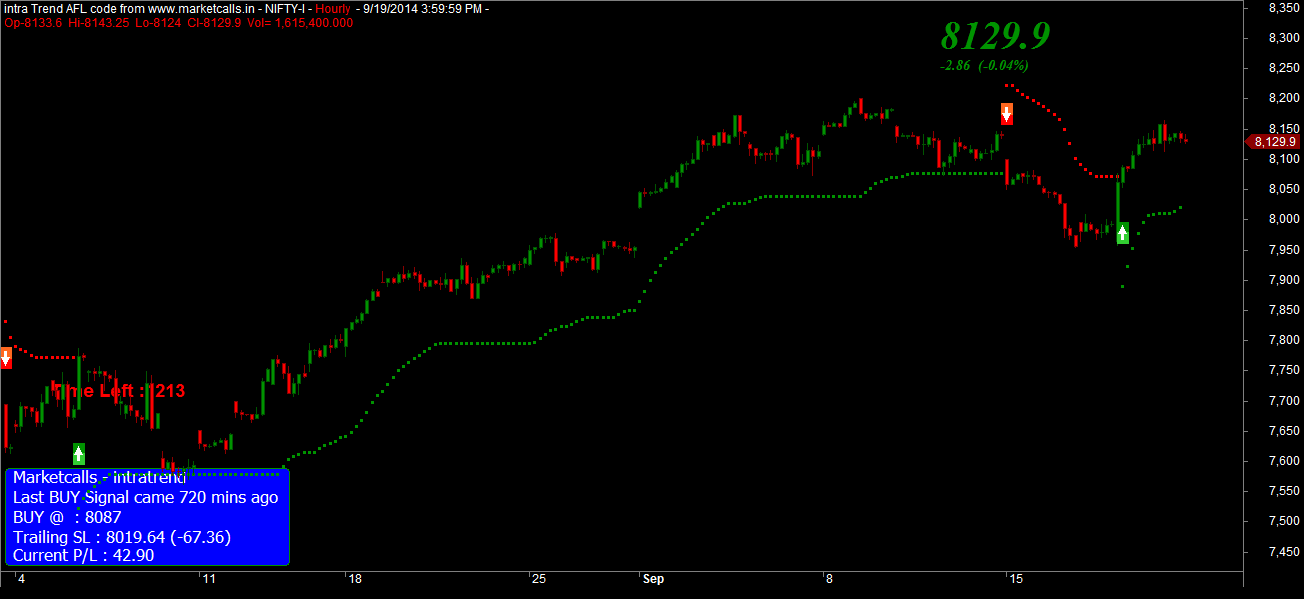
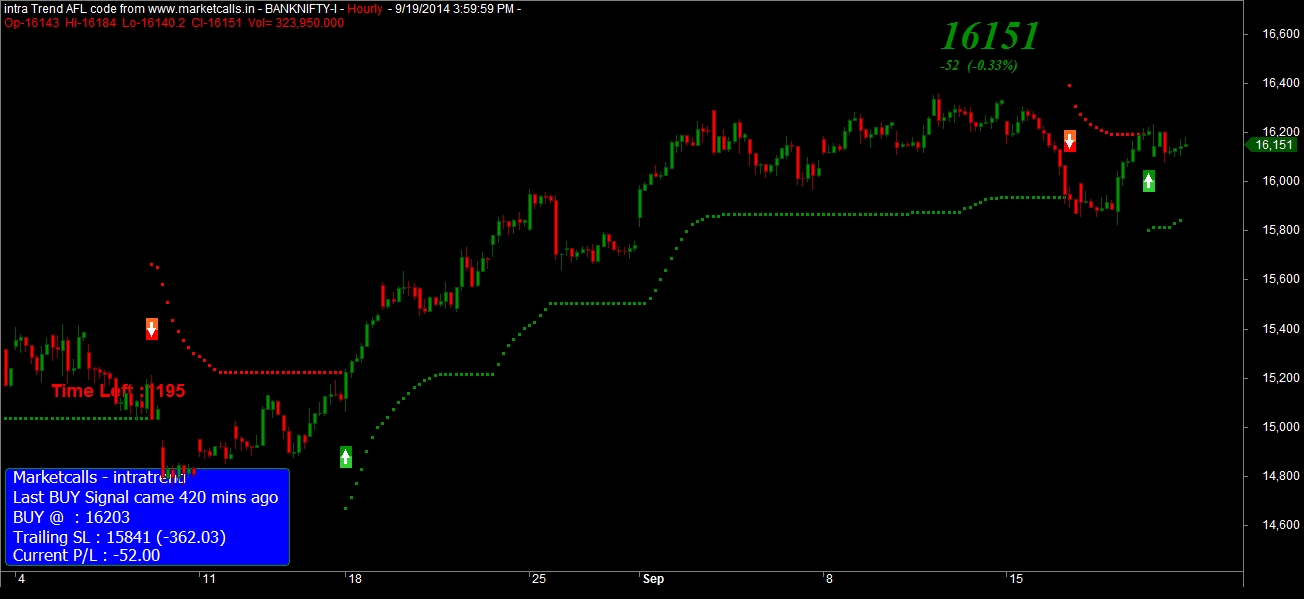
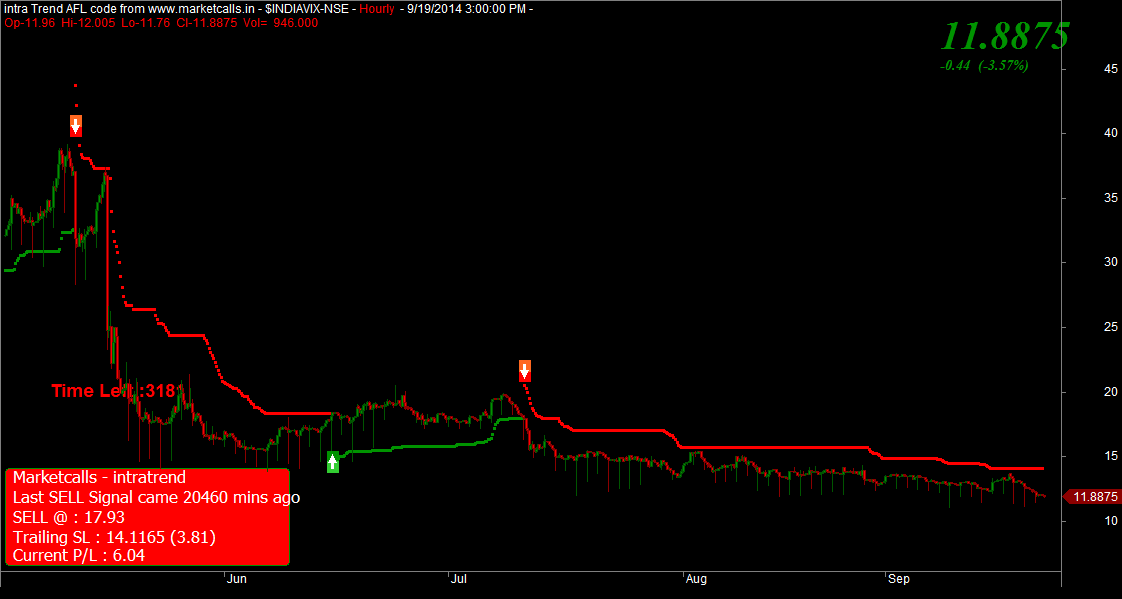
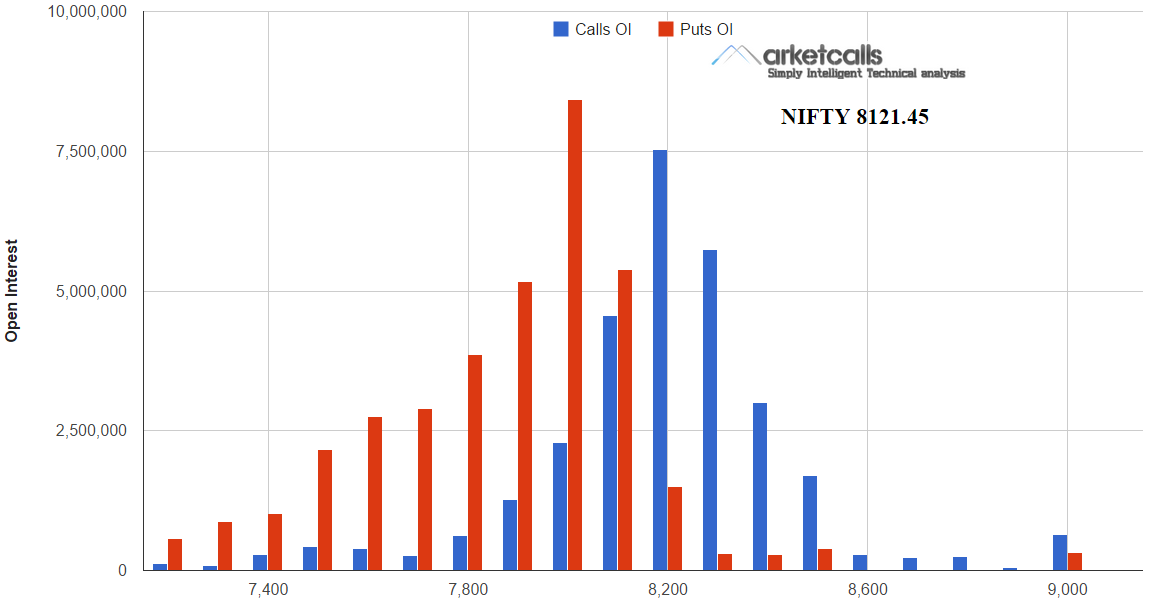
 The State Government in Kerala seems to be on the warpath. It seeks to eradicate all forms of vices from the state. The new liquor policy made people sit up and take notice. They made such a radical move by closing down all alcohol outlets, barring the five-star variety. It is indeed a revolutionary one. The fact is quite astounding when one considers that the highest revenue for the exchequer comes from the sale of alcohol. By taking a stand against a valuable source of income, almost Rs.8000 crores annually, the Government seems to indicate a willingness to be a strong policy maker.
The State Government in Kerala seems to be on the warpath. It seeks to eradicate all forms of vices from the state. The new liquor policy made people sit up and take notice. They made such a radical move by closing down all alcohol outlets, barring the five-star variety. It is indeed a revolutionary one. The fact is quite astounding when one considers that the highest revenue for the exchequer comes from the sale of alcohol. By taking a stand against a valuable source of income, almost Rs.8000 crores annually, the Government seems to indicate a willingness to be a strong policy maker.


